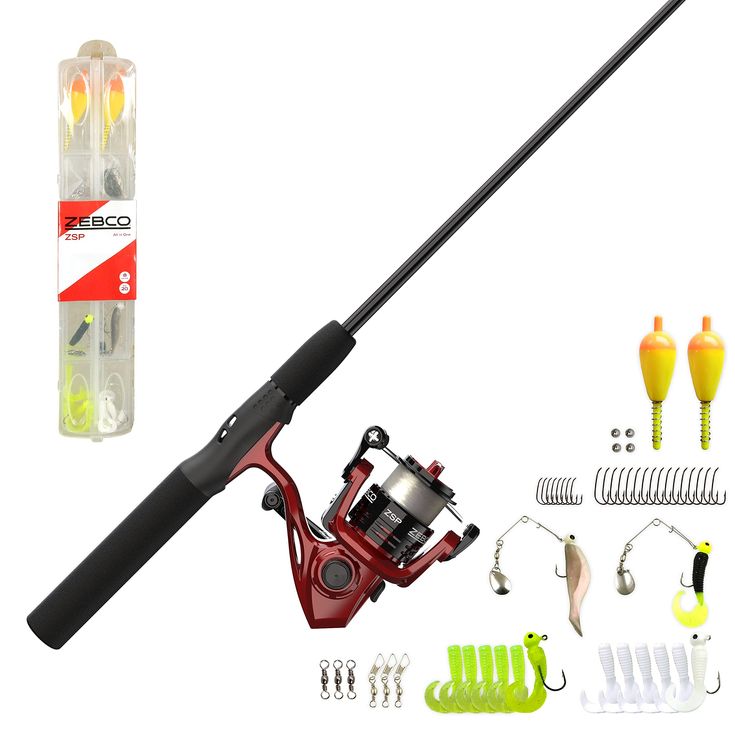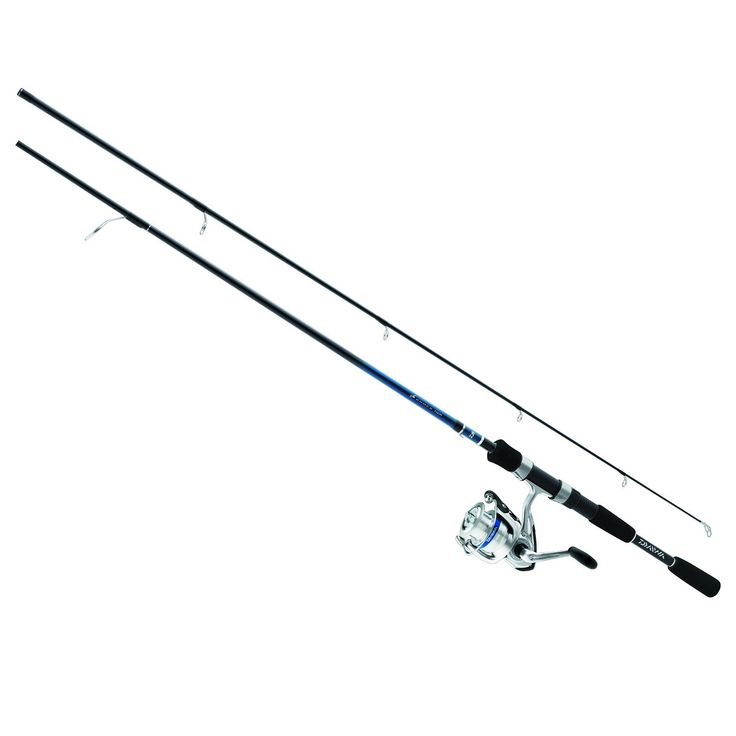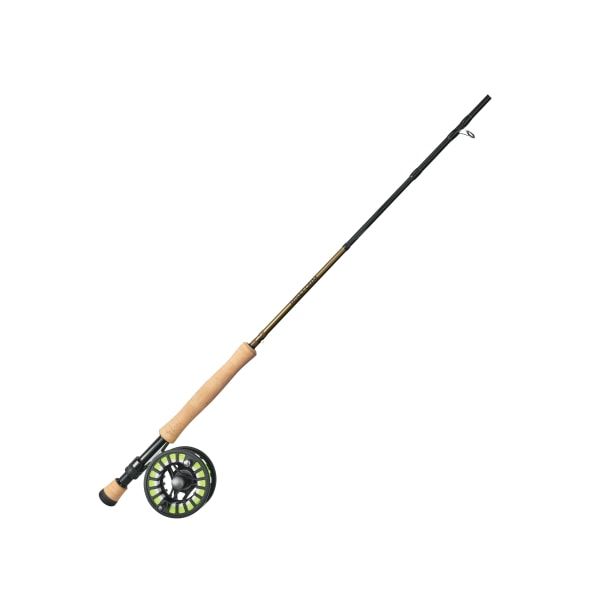Essential Equipment for Effective Fishing
To excel in fishing, the right gear is a must. It is not just about having a fishing rod, but rather the entire kit that makes up an angler’s toolbox. From choosing the suitable rod to gathering the complementary accessories, your equipment can greatly affect the success and enjoyment of your fishing trips. How to use fishing rod?

Choosing the Right Fishing Rod for Your Needs
Selecting a rod that meets your fishing objectives is key. Different fishing scenarios call for diverse rod types. For calm lake fishing, light action rods may suffice. But, for battling the surf or going after large game fish, stronger, heavier rods are necessary. Consider your target species, location, and personal comfort when picking a rod. A well-suited rod not only improves your chances of a catch but also ensures a better fishing experience.
Additional Gear to Enhance Your Fishing Experience
Beyond the rod, other gear plays a role in a fruitful fishing adventure. A dependable reel, matched to your rod type, is essential. High-quality fishing lines, with the right weight and durability, make a difference. Don’t forget a selection of baits and lures, suited to the fish you are after. A tackle box, comfortable clothing, and protective gear like sunglasses and sunscreen also contribute to an effective and safe outing.
Remember, understanding how to use fishing rods and pairing them with the right gear leads to better catches and more rewarding trips out on the water.
Step-by-Step Guide to Casting with Various Rods
To excel in fishing, mastering the art of casting is essential. Here’s a step-by-step guide tailored for different types of rods.
Basics of Casting a Fishing Rod
Start by gripping your rod at waist level, line out 30-50 cm from the tip. Place fingers around the reel, bring the line roller under the rod, then secure the line with your index finger. Open the bail arm, check for clearance, pull the rod back to 2 o’clock, and in a smooth motion, cast forward releasing the line at 10 o’clock.
Techniques for Casting Surf and Beach Rods
Surf rods, suitable for long distances, require a specific approach. After assembling your rod, stand on the shore, face the water, and position yourself with a wide stance for stability. Swing the rod overhead then forward, releasing the line at the peak to sail past the breaking waves.
Best Practices for Casting Spinning Rods
For spinning rods, choose the right length and weight for your target fish. Ultralight rods work well for smaller fish with thinner lines. For bigger fish, opt for a medium to heavy rod. Hold the rod at a comfortable angle, snap your wrist and forearm when casting, and follow through pointing the rod at your target area.
Tips for Mastery with Baitcasting Rods
Baitcasting rods demand precision. Practice thumb control on the spool to manage line play. Start with a sidearm cast to get a feel for the tension, then gradually advance to overhand casting. Always maintain a controlled, smooth motion to place your lure exactly where needed without startling the fish.

Common Mistakes and How to Avoid Them
Understanding Rod Angles and Load Capacity
Misusing rod angles can hurt your fishing success. All rods are designed to handle specific loads. Pushing beyond this can lead to breaks. Keep the rod angle under 45 degrees when reeling in a catch. This distributes the load evenly and avoids snapping your rod.
High Sticking and Its Impact on Rod Durability
High sticking happens when you lift your rod too high. This often occurs when you try to bring a fish in the boat using only the rod. It puts too much pressure on the rod tip and can cause it to break. Remember to use a net for larger catches and to maintain a lower rod angle during fights.
Proper Transportation and Storage of Rods
When moving or not using your rod, handle it with care. Avoid laying it in places where it can bend or get stepped on. If using a truck for transport, secure your rod in a way that prevents it from banging against hard surfaces. At home, store your rod horizontally or hang it to keep it straight and true.
Care and Maintenance for Longevity of Your Fishing Rod
Achieving long-term use and reliability from your fishing rod requires proper care and maintenance. Knowing how to use a fishing rod also means understanding how to keep it in tip-top shape. Let’s explore essential care tips to extend the life of your fishing gear.
Cleaning and Upkeep Routines
Regular cleaning keeps your fishing rod performing well. Start by rinsing the rod with fresh water after each use. Wipe down to remove salt, dirt, and sand. Use a soft, damp cloth for this task. Dry your rod completely before storing it. Occasionally, apply a mild reel oil to joints and ferrules. These simple steps keep your rod smooth and functional.
Always detach the reel from the rod for a thorough cleaning. Clean each part of the reel according to the manufacturer’s instructions. After your fishing trips, check for any nicks or scratches on the rod. If any, use fine sandpaper to smooth out the rod surface gently. Taking care of your equipment is as important as knowing how to use it.
Regular Inspection for Damage and Wear
Inspect your fishing rod regularly. Look for signs of wear, like cracks or splits in the rod. Pay attention to the guides and ensure they are smooth and not damaged. Any rough spot can wear out the line during casting and retrieving. Tighten any loose parts you find during your inspection. If you spot major issues, consider a professional repair or replace the damaged sections.
Replace worn-out lines and lures to avoid unexpected breaks during fishing. Check the handle and reel seat to ensure they are secure and comfortable. Your comfort and control depend on the state of these components. Proper inspection and maintenance not only prevent accidents but also improve your fishing experience.
By following these guidelines, you can ensure that your fishing rod remains reliable and effective, allowing you to focus more on the skill of fishing and less on gear malfunctions.

Advanced Casting Techniques for Experienced Anglers
Mastering the art of casting can tilt the odds of landing a trophy catch in your favor. Experienced anglers know that it’s not just the power behind the cast, but the precision and adaptability that ensure success. Below, we delve into how to enhance your casting accuracy and distance, and adapt to varying environmental conditions for an optimal casting experience.
Enhancing Accuracy and Distance
To boost your casting accuracy and distance, consider these tips:
- Practice the double haul technique to increase line speed and distance.
- Sharpen your timing; release the line when your rod is at the optimal power snap point.
- Use a heavier lure for a more forceful cast, or a lighter one for precision.
- Incorporate wrist and forearm strength into your casting motion for added control.
- Fine-tune your stance and balance; a solid foundation improves power transmission.
These strategies require consistent practice but can significantly enhance your casts when perfected.
Adapting to Environmental Conditions for Optimal Casting
Environmental factors often dictate your casting approach. Here’s how to adjust:
- In windy conditions, cast closer to the water surface to prevent being blown off target.
- For river fishing, read the current and cast upstream, allowing your lure to drift naturally.
- When faced with obstacles, try sidearm casts to navigate tight spots.
- Alter your casting rhythm based on the water’s mood – calm vs. choppy.
Understanding and adapting to the environment not only improves your casting but also increases your overall fishing prowess. Stay vigilant, and be ready to adjust your techniques to match the day’s fishing conditions.
Conclusion
As we bring our guide on mastering fishing rod techniques to a close, the underlying theme remains consistent: like any skill worth mastering, success in fishing comes down to the devoted practice and an abundance of patience.
Emphasizing the Importance of Practice and Patience
In the realm of fishing, practice truly makes perfect. Regularly practicing your casting techniques with different fishing rods sharpens your skills and builds muscle memory. Whether you’re fine-tuning your timing with a baitcaster rod or getting the hang of the double haul for distance, every session by the water is an opportunity to improve.
Patience is an angler’s steadfast companion. It’s not merely about the patience required to wait for a fish to bite, but the patience to learn from your mistakes and persevere. Fishing is as much about the journey as it is the catch. Remember, even on days when the fish aren’t biting, you’re learning something valuable.
By maintaining a mindset anchored in diligent practice and patience, you’ll increase your chances of a fruitful catch. Take to heart the tips and techniques shared, care for your equipment, and stay persistent. Your dedication not only enhances your fishing abilities but also deepens your appreciation for this timeless outdoor sport.